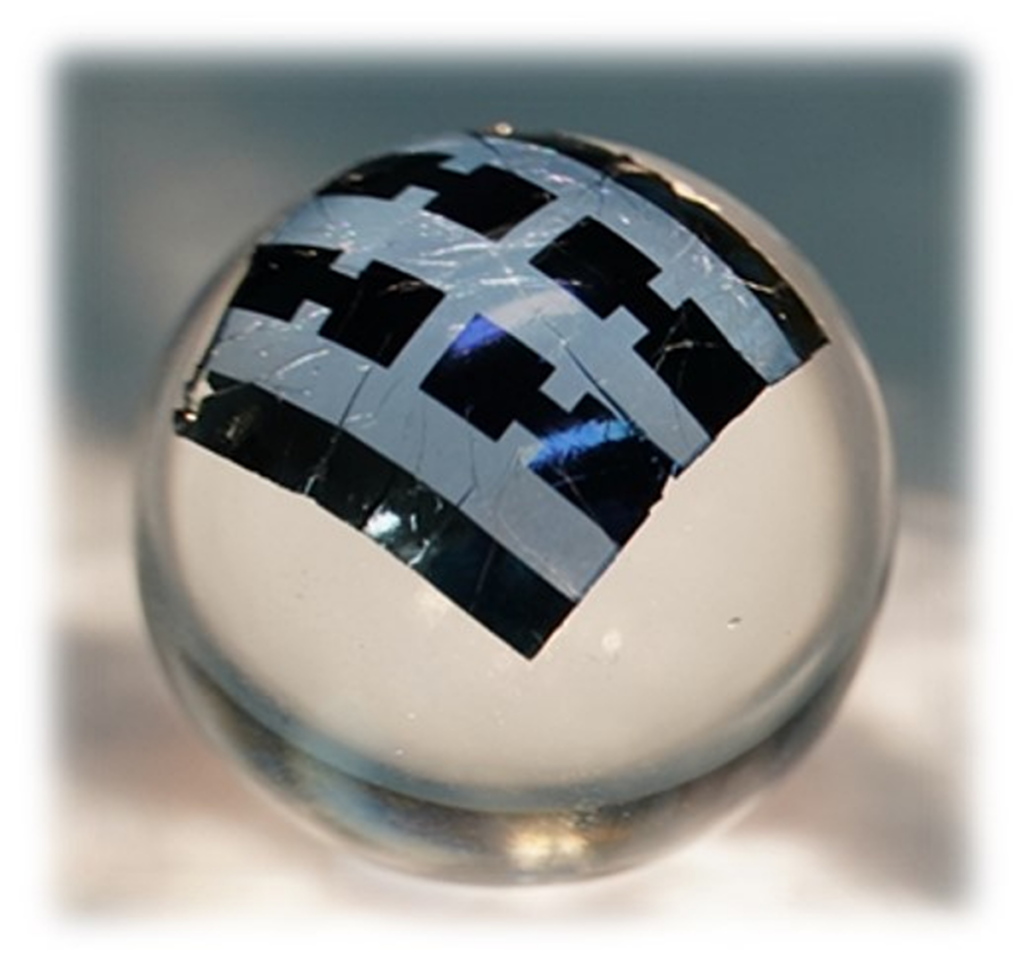A research team from two Chinese universities claims to have produced an organic solar cell with the highest power-to-weight ratio yet. The device has a thickness of less than 1.5 micrometers.
Researchers from Wuhan University of Technology and Central South University, Changsha in China have created an ultra-thin technology organic solar cell with a double-layer hole transport layer (HTL) and a power-to-weight ratio of 39 W/g.
Wenchao Huang, the lead author of the study, said pv magazine that, as far as the group knows, it has the highest power-to-weight ratio among organic solar cells. The device has a thickness of less than 1.5 micrometers.
The scientists explained that the bilayer HTL contains an interlayer of molybdenum trioxide (MoO3) between PEDOT:PSS, a blend of polymers poly(3,4-ethylenedioxythiophene) and polystyrene sulfonate, and indium tin oxide (ITO), and said the introduction of this interlayer was the key factor allowing the cell to achieve a remarkable and good energy conversion efficiency of 17% storage stability and mechanical stability.
After 2000 hours of storage, the device retained 91.4% of its original efficiency. It also recorded an efficiency retention of 89.1% after 1000 bending cycles at a bend radius of 1 m and an efficiency retention of 84.4% after 1000 cycles of a compression stretch test at a compression rate of 30%.
The researchers said these results mean the device “significantly outperforms” devices without the MoO3 interlayer. “Using a MoO3/PEDOT:PSS bilayer HTL instead of pristine PEDOT:PSS provides a facile approach for developing efficient and mechanically robust ultrathin organic solar cells,” she added.
Huang added that the cells can be seamlessly attached to surfaces such as human skin, soft robotics, mobile phones, clothing and windows, with negligible additional weight. “These ultra-thin flexible organic solar cells can generate 39 watts of power per gram, about a hundred times more than conventional flexible solar cells. It shows great potential applications in the field of wearable electronics,” he also said.
The device was described in the research article: “Highly efficient ultra-thin flexible organic solar cells with a double-layer hole transport layer”, published in the Journal of Materials Chemistry.
Earlier this year, the same research team fabricated a semi-transparent organic solar cell with a bifaciality factor of 99.1%, the highest reported to date in semi-transparent organic cells.
This content is copyrighted and may not be reused. If you would like to collaborate with us and reuse some of our content, please contact: editors@pv-magazine.com.

